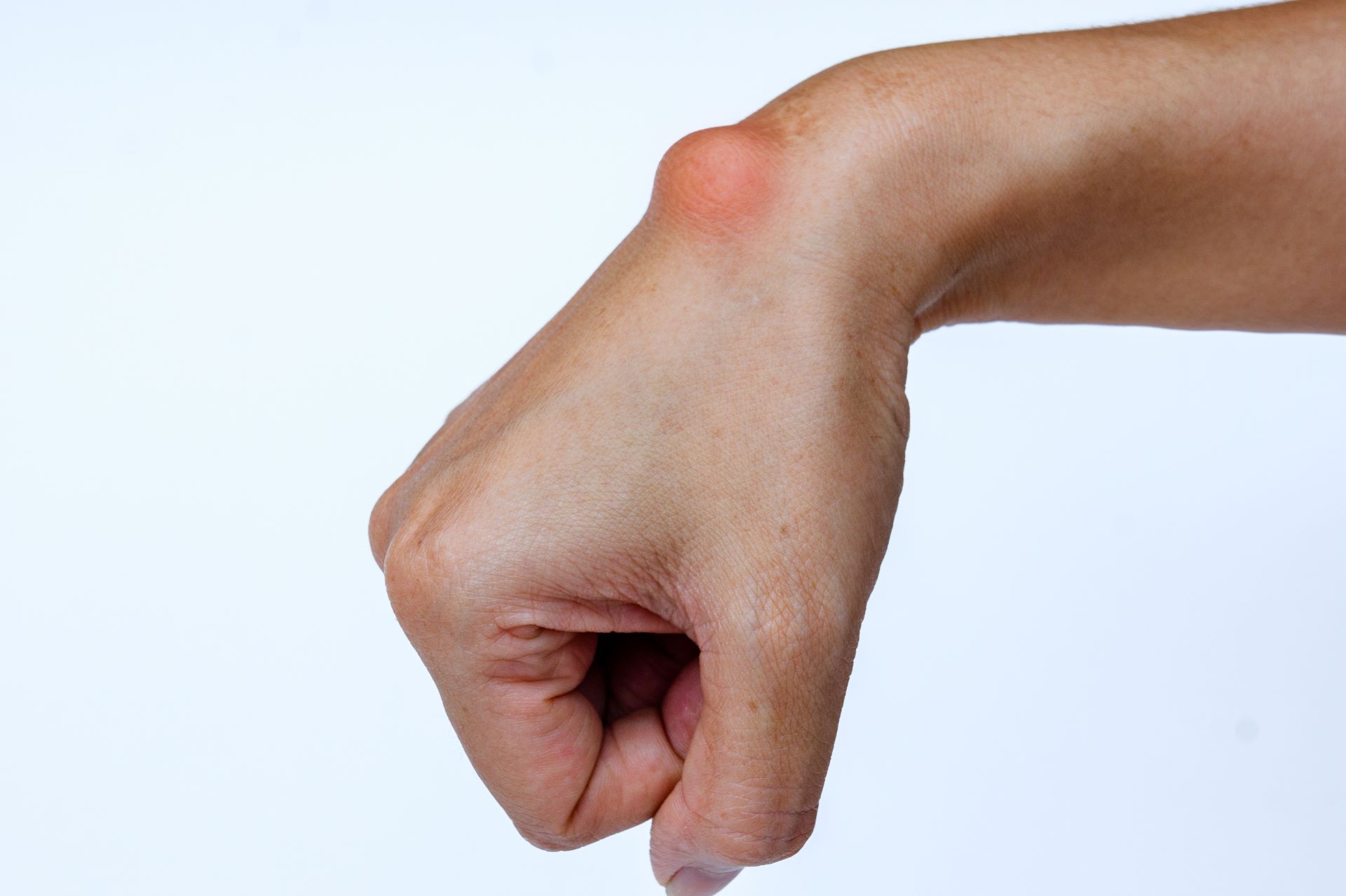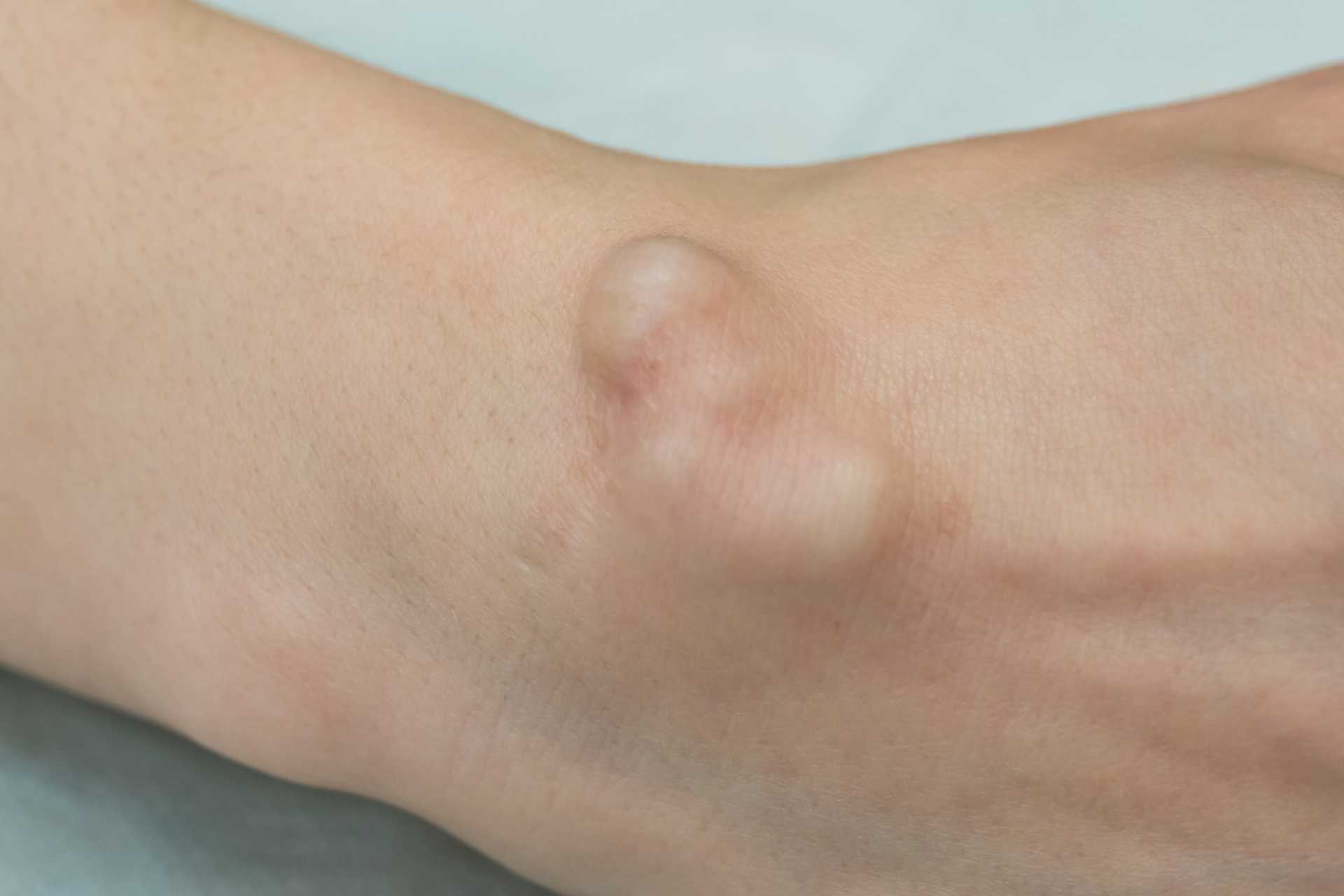
Understanding Cysts: Types, Causes, and Treatment Options
Skin cysts are common skin growths that can appear anywhere on the body. They are usually benign and don’t require treatment unless they become painful or infected. Understanding the different types of skin cysts, their causes, and treatment options can help individuals make informed decisions about their skin health.
Understanding Skin Cysts
A skin cyst is a sac-like structure filled with fluid, pus, or other substances that can develop under the skin or in other parts of the body. Skin cysts are common and usually benign, but they can be a cause for concern if they become infected, inflamed, or cause discomfort.
Skin cysts can occur anywhere on the body and can vary in size, shape, and texture. They can be round or oval-shaped, and they can be soft or firm to the touch. Skin cysts can also be filled with different types of fluid, such as sebum, blood, or pus.
There are several types of skin cysts, including epidermoid cysts, sebaceous cysts, and pilar cysts. Epidermoid cysts are the most common type of skin cyst and are filled with keratin, a protein found in skin, hair, and nails. Sebaceous cysts, on the other hand, are filled with sebum, a waxy substance produced by the sebaceous glands in the skin. Pilar cysts, also known as trichilemmal cysts, are filled with a substance similar to that found in hair follicles.
Skin cysts can develop for a variety of reasons, including blockages in the hair follicles, trauma to the skin, and genetic factors. They can also be associated with certain medical conditions, such as acne and basal cell nevus syndrome.
Treatment options for skin cysts depend on the type, size, location, and symptoms of the cyst. In some cases, skin cysts may not require any treatment and may go away on their own. However, if a skin cyst becomes infected, inflamed, or painful, it may need to be drained or surgically removed.

Cysts
Types of Skin Cysts
Skin cysts are common, benign growths that can occur anywhere on the body. They are typically small, round, and filled with fluid, pus, or other substances. There are several types of skin cysts, each with their own unique characteristics and causes.
Epidermoid Cysts
Epidermoid cysts are the most common type of skin cyst. They are typically small, round, and filled with keratin, a protein that is found in hair, nails, and skin. These cysts can occur anywhere on the body, but are most commonly found on the face, neck, and trunk. They are usually painless, but can become inflamed or infected, causing redness, swelling, and tenderness.
Sebaceous Cysts
Sebaceous cysts, also known as epidermal inclusion cysts, are another common type of skin cyst. They are typically small, round, and filled with a mixture of oil and dead skin cells. These cysts can occur anywhere on the body, but are most commonly found on the face, neck, and back. They are usually painless, but can become inflamed or infected, causing redness, swelling, and tenderness.
Dermoid Cysts
Dermoid cysts are rare, congenital cysts that are filled with a variety of tissues, including hair, skin, and teeth. These cysts can occur anywhere on the body, but are most commonly found on the face, neck, and ovaries. They are usually painless, but can become inflamed or infected, causing redness, swelling, and tenderness.
Pilar Cysts
Pilar cysts, also known as trichilemmal cysts, are a type of skin cyst that occurs in the hair follicles. They are typically small, round, and filled with keratin, a protein that is found in hair, nails, and skin. These cysts can occur anywhere on the body, but are most commonly found on the scalp. They are usually painless, but can become inflamed or infected, causing redness, swelling, and tenderness.
Ganglion Cysts
Ganglion cysts are a type of cyst that occurs near the joints and tendons. They are typically small, round, and filled with a thick, clear, jelly-like substance. These cysts can occur anywhere on the body, but are most commonly found on the wrist and hand. They are usually painless, but can cause discomfort or pain if they press on a nerve.
Breast Cysts
Breast cysts are a type of cyst that occurs in the breast tissue. They are typically small, round, and filled with fluid. These cysts can occur in women of any age, but are most commonly found in women over the age of 35. They are usually benign, but can cause discomfort or pain if they are large or press on a nerve.
Skin cysts can also occur in other parts of the body, such as the ovaries and kidneys, but these are less common. If you notice a new growth on your skin, it is important to have it checked by a healthcare provider to determine the type of cyst and the best treatment options.
Causes of Skin Cysts
Skin cysts are small pockets of tissue filled with fluid, pus, or other substances. These cysts can develop anywhere on the skin, and can be caused by a variety of factors. Here are some of the most common causes of skin cysts:
- Infection: An infection can cause a skin cyst to form. Bacteria can get into the skin and cause inflammation, which can lead to the formation of a cyst.
- Age: As people get older, their skin becomes less elastic and more prone to developing cysts. This is because the skin’s oil glands become less active, which can cause the pores to become clogged and lead to the formation of a cyst.
- Injury: Trauma to the skin can cause a cyst to form. This can be caused by a cut, scratch, or other type of injury.
- Hair cells: Skin cysts can develop from hair cells that have become trapped beneath the skin. This can happen when a hair follicle becomes blocked or damaged.
- Inflammation: Inflammation can cause a cyst to form. This can be caused by a variety of factors, including infection, injury, or an autoimmune disorder.
- Sebaceous glands: Sebaceous glands are the oil glands that are located in the skin. When these glands become blocked, they can cause the formation of a cyst.
Symptoms of Skin Cysts
Skin cysts can appear anywhere on the body, but they are most commonly found on the face, neck, and trunk. The symptoms of skin cysts can vary depending on the type and severity of the cyst.
Common symptoms of skin cysts include a small, painless bump that is round and firm to the touch. The bump may be red, swollen, and tender to the touch. In some cases, the cyst may be inflamed and appear as a yellow, pus-filled boil.
Skin cysts may also cause tenderness, redness, and soreness in the surrounding area. If the cyst becomes infected, it may be painful and may rupture, causing a discharge of pus.
In some cases, skin cysts may resemble acne or other types of bumps on the skin. It is important to have any new or unusual bumps on the skin checked by a doctor to ensure an accurate diagnosis.
Diagnosis of Skin Cysts
When a person notices a skin cyst, it is important to have it checked by a doctor. A doctor can usually make a diagnosis by looking at the cyst. They may also ask about the patient’s medical history and perform a physical exam to determine the type of cyst.
In some cases, the doctor may recommend a biopsy. During a biopsy, the doctor will remove a small sample of tissue from the cyst and send it to a laboratory for analysis. This can help to confirm the diagnosis and rule out the possibility of skin tumors.
If the cyst is located in a difficult-to-reach area, such as inside the mouth or near the eye, the doctor may recommend an ultrasound. An ultrasound uses high-frequency sound waves to create images of the inside of the body. This can help the doctor to see the size and location of the cyst and determine the best course of treatment.
It is important to note that not all skin cysts require treatment. However, if the cyst is causing pain, discomfort, or other symptoms, the doctor may recommend treatment options such as draining the cyst or surgically removing it.
Treatment Options for Skin Cysts
Skin cysts are usually harmless and do not require treatment. However, if they are causing discomfort or are unsightly, there are several treatment options available. Treatment options for skin cysts include drainage, medication, and surgical removal.
Drainage
Drainage is a common treatment option for skin cysts. During this procedure, a healthcare professional will make a small incision in the cyst and drain the contents. This can help to alleviate discomfort and reduce the size of the cyst. After the cyst has been drained, a dressing may be applied to the area to prevent infection.
Medication
In some cases, medication may be prescribed to treat skin cysts. Antibiotics may be prescribed if the cyst is infected. Steroid injections may also be used to reduce inflammation and swelling.
Surgical Removal
Surgical removal is another treatment option for skin cysts. This procedure involves making a minimally invasive incision in the cyst and removing it. This is usually done under local anesthesia and can be done in an outpatient setting. After the cyst has been removed, the wound is closed with stitches. There may be some scarring after the procedure, but this can usually be minimized with proper wound care.
It is important to note that not all skin cysts require treatment. If the cyst is not causing any discomfort or is not unsightly, it may be left alone. However, if the cyst is causing discomfort or is unsightly, it is important to speak with a healthcare professional to determine the best course of treatment.
Complications and Risks
While most skin cysts are benign and do not cause any complications, there are some situations where they can become infected or cancerous. In rare cases, a cyst can develop into a malignant tumor.
Infection
Skin cysts can become infected if bacteria enter the cyst through a break in the skin. Signs of infection include redness, swelling, and pain. In some cases, the cyst may also drain pus. If left untreated, the infection can spread to other parts of the body and cause serious complications.
Cancer
Most skin cysts are non-cancerous, but in rare cases, a cyst can become cancerous. This is more likely to happen if the cyst is left untreated or if it is repeatedly irritated or injured. If a cyst is cancerous, it may need to be removed surgically.
Complications
In addition to infection and cancer, there are other complications that can arise from skin cysts. For example, if a cyst is located near a nerve, it can cause pain or numbness in the affected area. If a cyst is located on the face, it can be unsightly and affect a person’s self-esteem.
Risk Factors
Certain factors can increase a person’s risk of developing skin cysts. These include:
- A history of acne
- A history of skin injuries or surgeries
- A family history of skin cysts
- Exposure to certain chemicals or toxins
If you notice a skin cyst that is growing, changing in appearance, or causing discomfort, it is important to see a healthcare provider. They can determine whether the cyst is benign or cancerous and recommend the appropriate treatment.
Skin Cyst Care and Prevention
Skin cysts are generally benign and harmless, but they can be a nuisance for cosmetic reasons. Fortunately, there are some steps that can be taken to prevent the formation of skin cysts and care for existing ones.
Prevention is key when it comes to skin cysts. Some of the ways to prevent the formation of skin cysts include:
- Avoiding injury to the skin: Injuries to the skin can lead to the formation of skin cysts. It is important to be careful when shaving or handling sharp objects.
- Keeping the skin clean: Good hygiene can help prevent skin cysts. It is important to keep the skin clean and dry, especially in areas where cysts are more likely to form.
- Avoiding tight clothing: Wearing tight clothing can lead to the formation of skin cysts, especially in areas where friction is common.
- Managing acne: Acne can lead to the formation of skin cysts. It is important to manage acne properly to prevent the formation of cysts.
If a skin cyst does form, it is important to care for it properly. Some of the ways to care for a skin cyst include:
- Leaving it alone: In most cases, skin cysts do not require treatment. It is important to leave them alone and not try to pop or squeeze them.
- Applying warm compresses: Applying a warm compress to the cyst can help it drain and heal more quickly.
- Seeking medical attention: If the cyst becomes painful, infected, or grows rapidly, it is important to seek medical attention. A doctor can drain the cyst or remove it if necessary.
Skin cysts are generally noncancerous and do not pose a serious health risk. However, they can be a nuisance for cosmetic reasons. By taking steps to prevent their formation and caring for existing cysts properly, individuals can minimize their impact on their daily lives.






